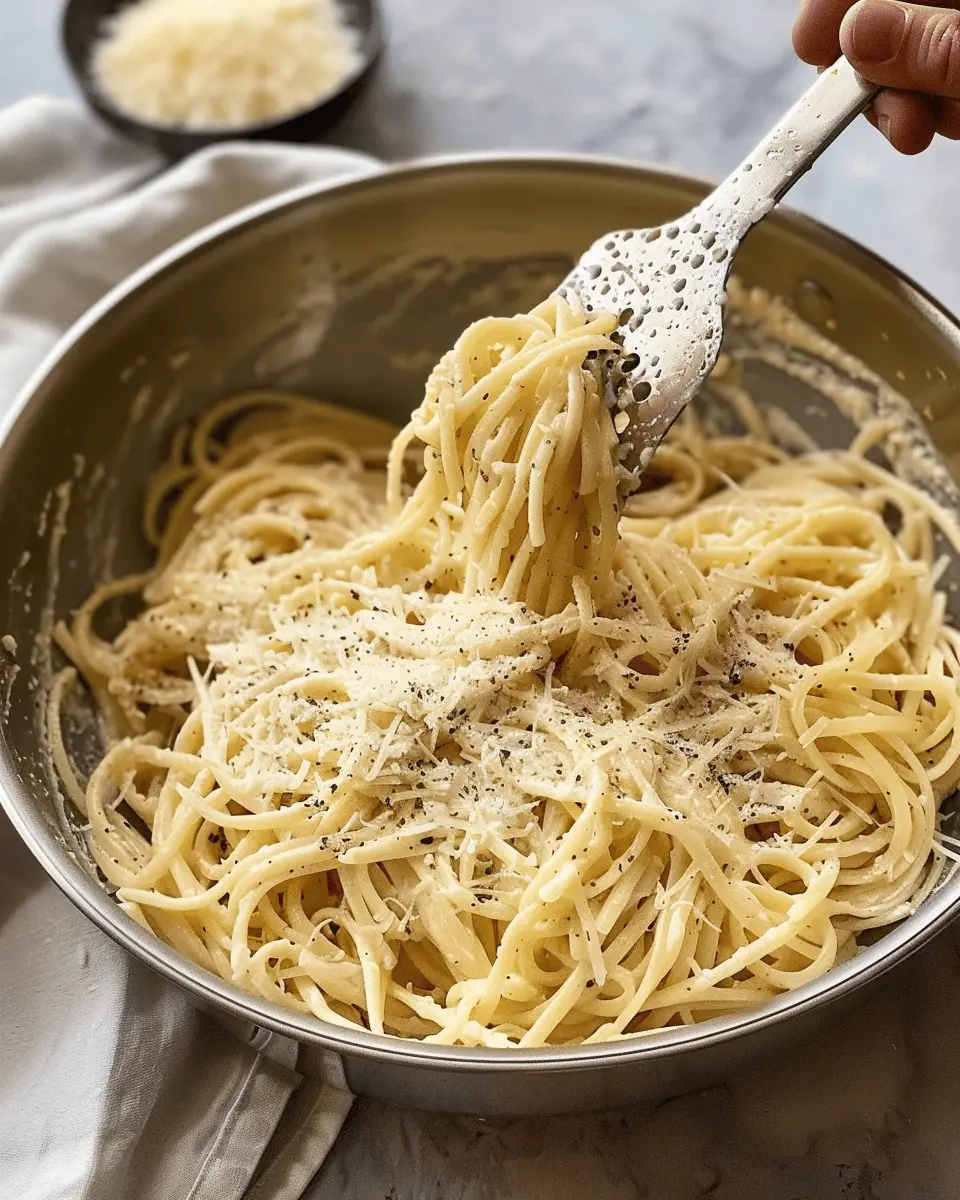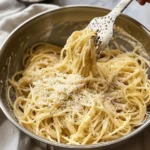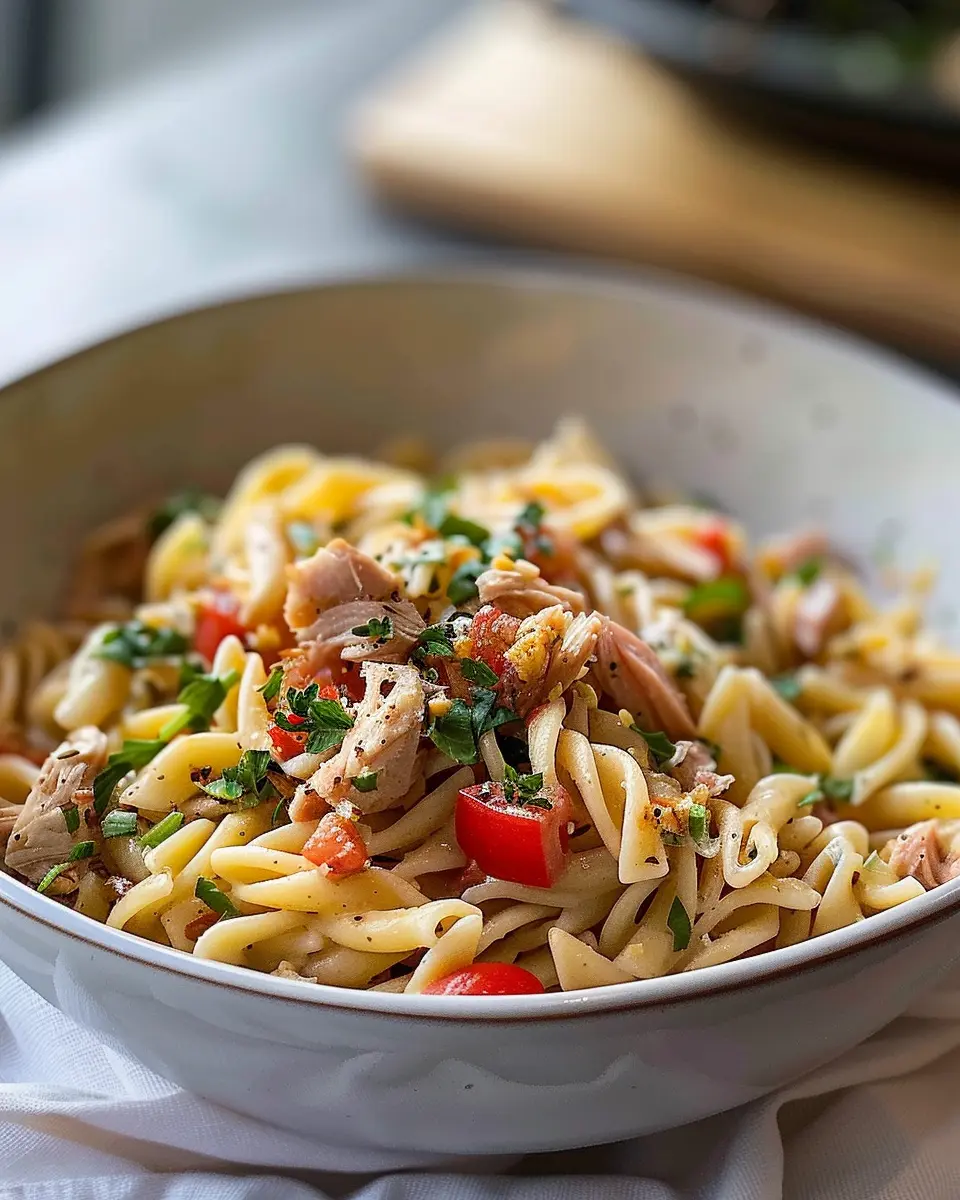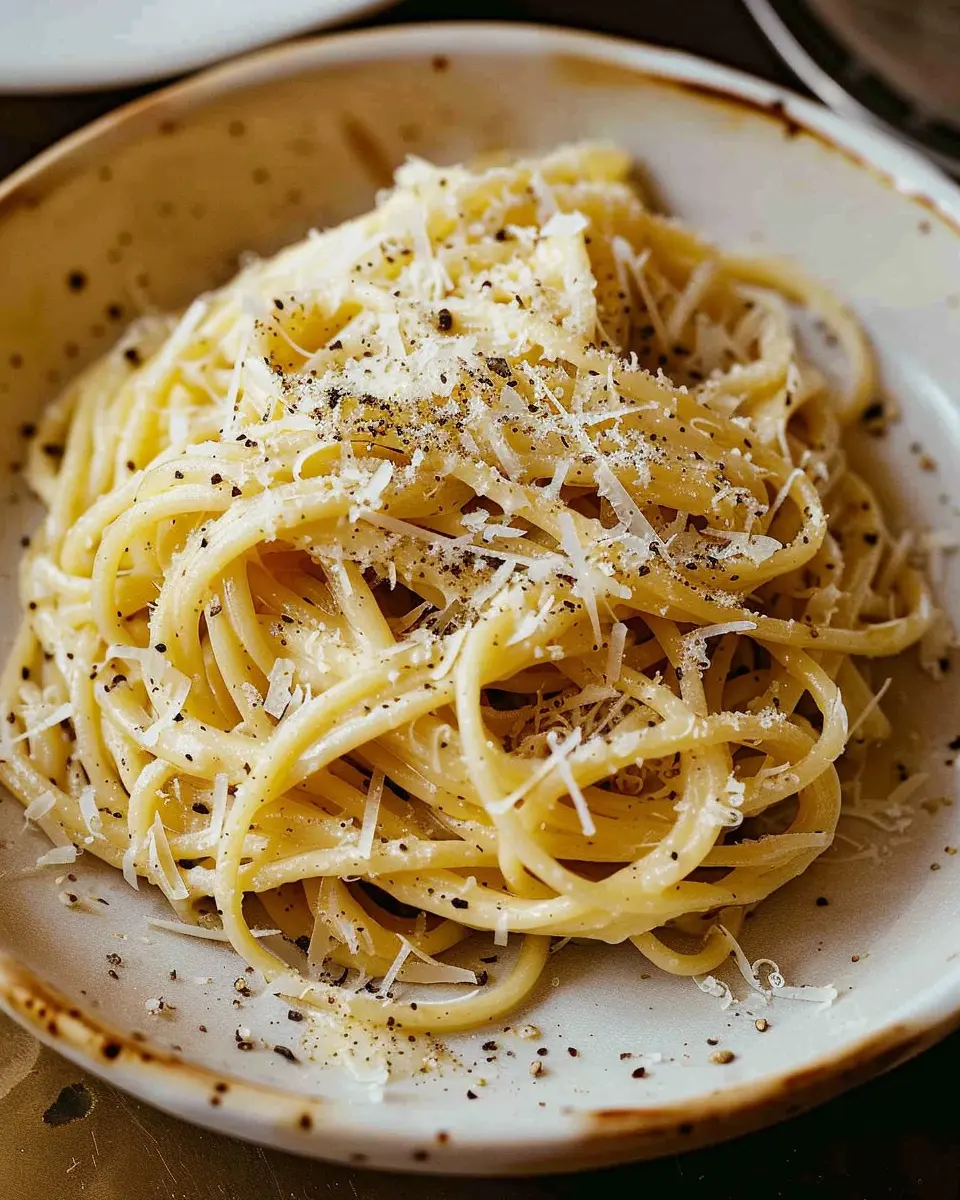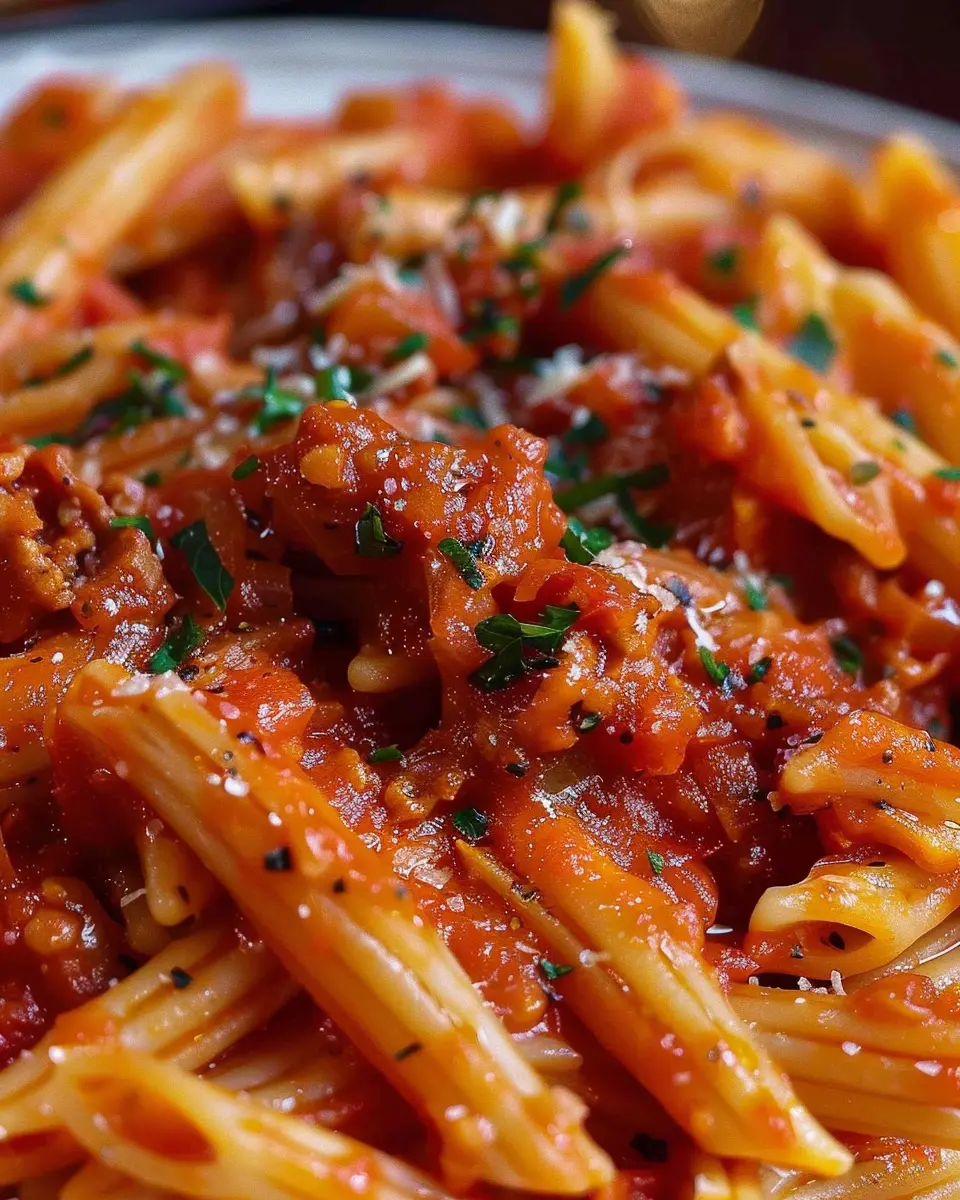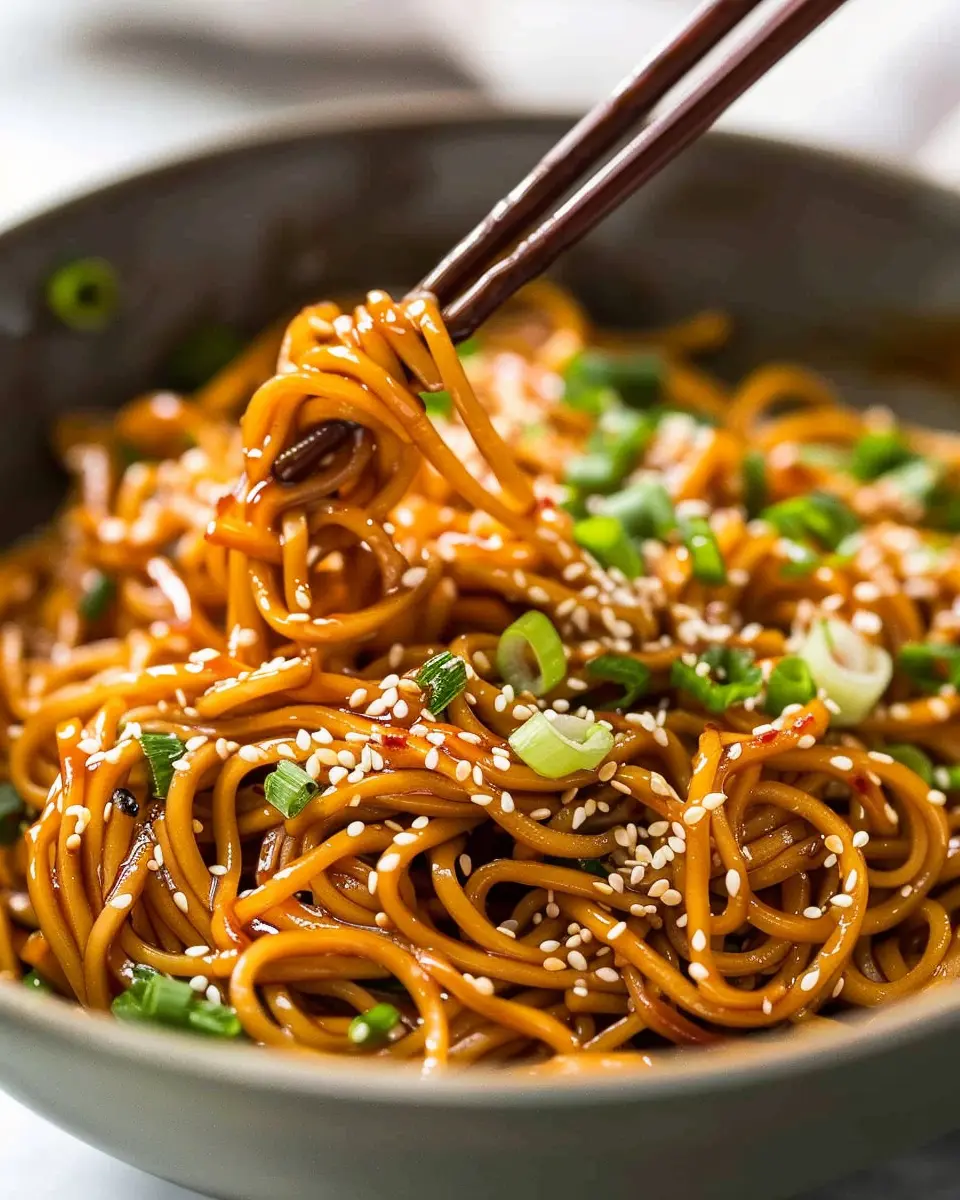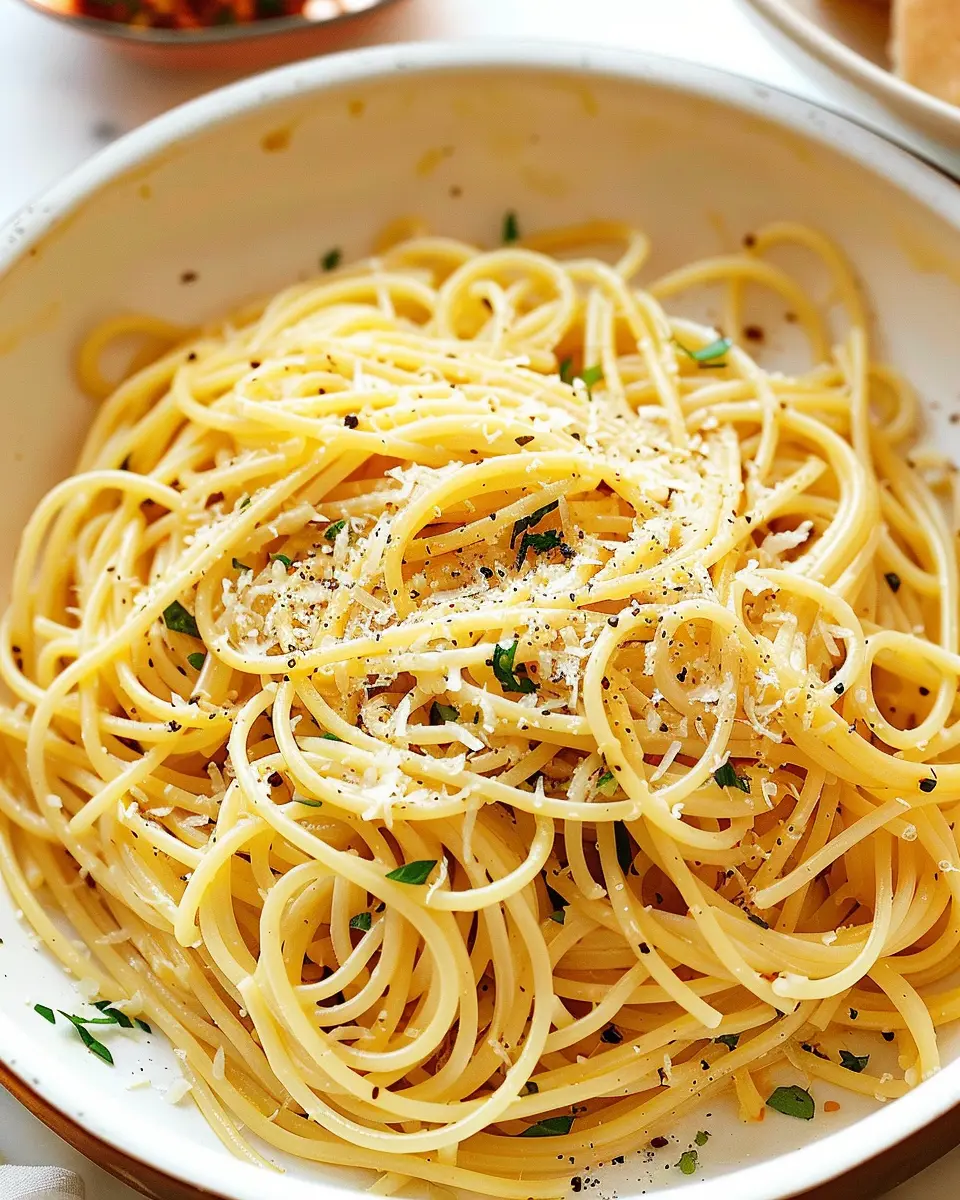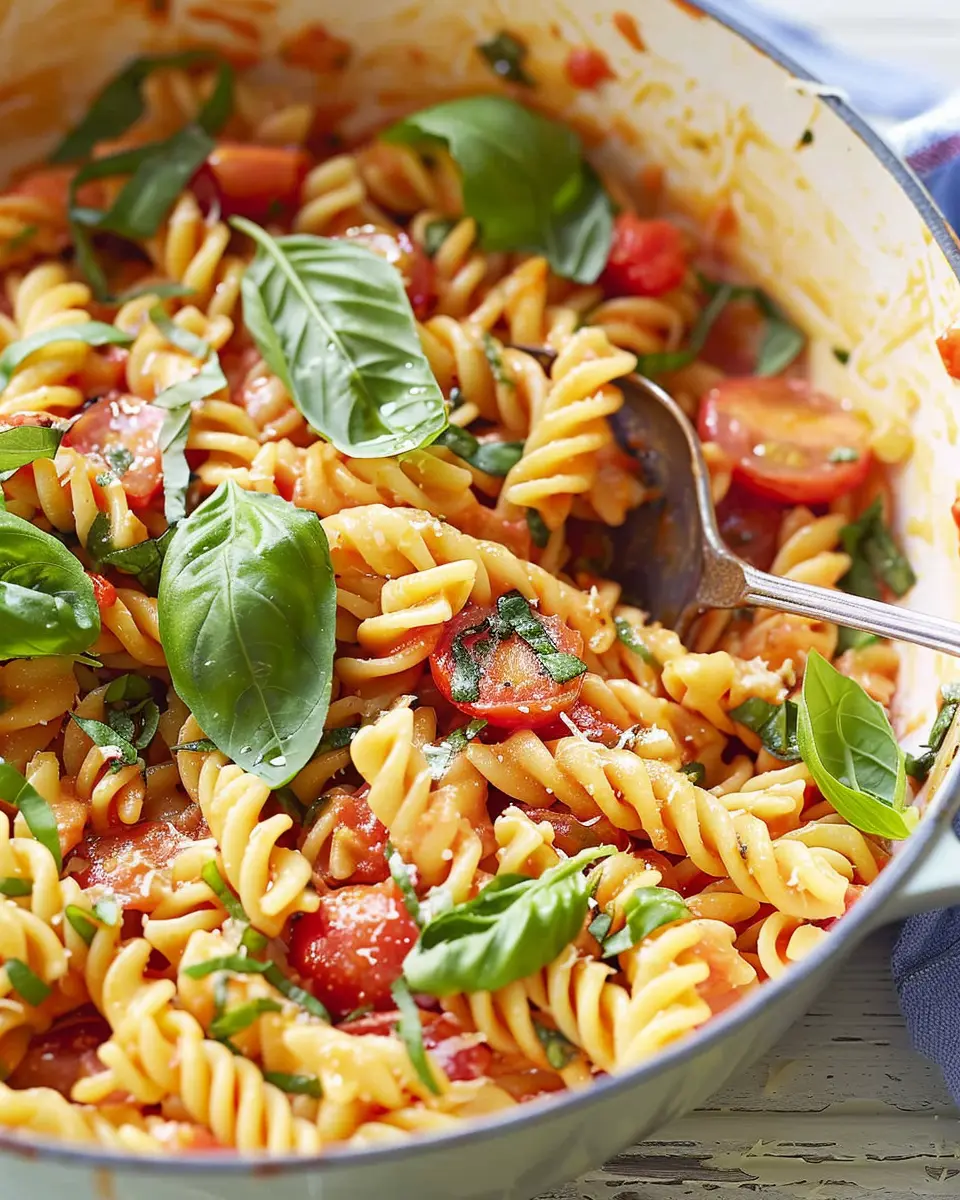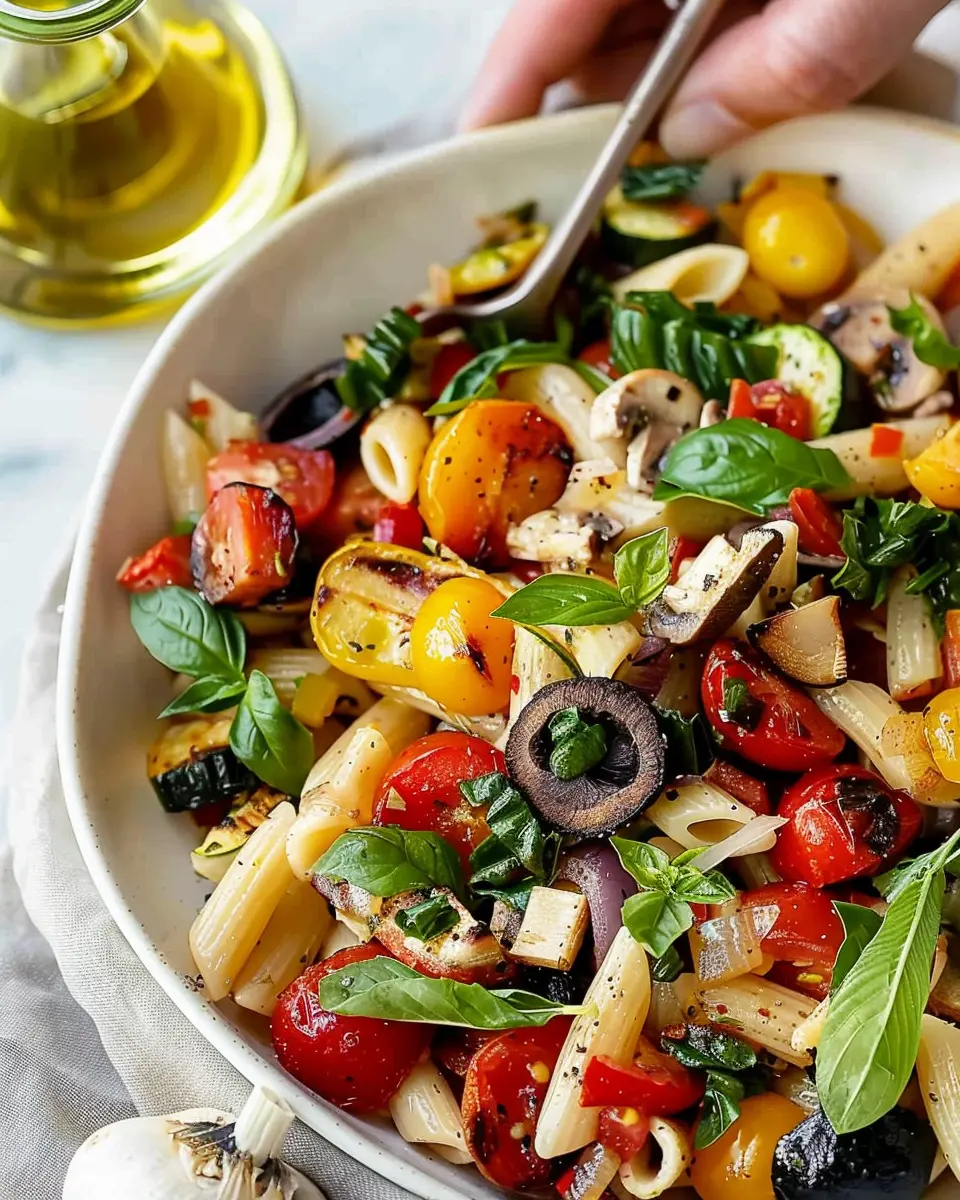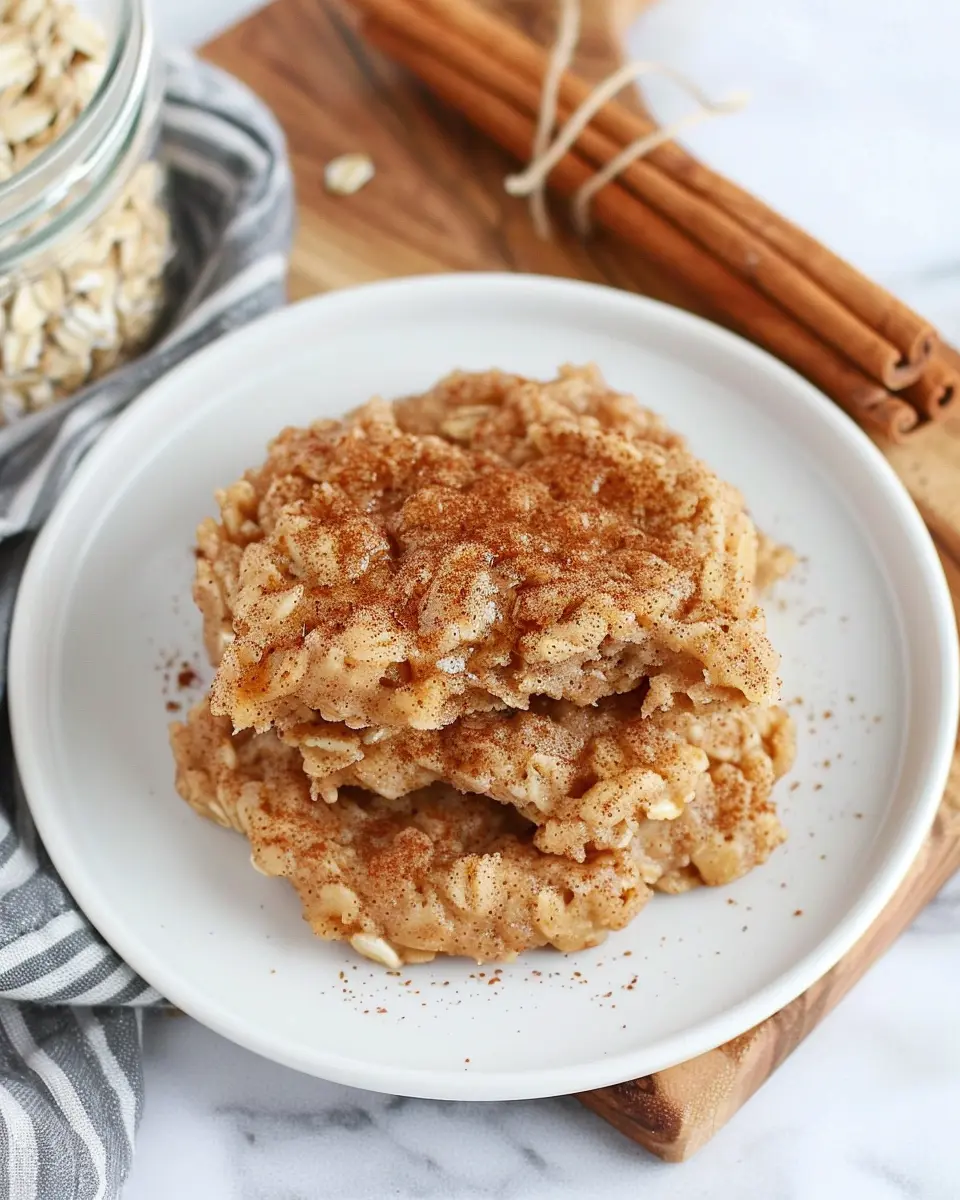Introduction to Cacio e Pepe
Cacio e Pepe is a classic Roman dish that beautifully embodies the culinary philosophy of simplicity. With just a handful of ingredients—pecorino cheese, freshly cracked black pepper, and pasta—this dish has captured the hearts and palates of many around the world. But what makes it so special?
What is Cacio e Pepe and why is it loved?
At its core, Cacio e Pepe translates to “cheese and pepper,” a straightforward name for a dish that delivers astonishing flavor. The key to its beloved status lies in its ability to transform minimal ingredients into an incredible sensory experience. The rich, salty pecorino melts and combines with the starchy pasta water to create a creamy, luxurious sauce, while the black pepper adds an exhilarating kick. You can learn more about the history of this beloved dish on sites like Italian Food Forever.
Whether you’re trying to impress a date or simply want a satisfying meal after a long day, Cacio e Pepe works its magic effortlessly. In fact, its relatively short cooking time makes it a fantastic option for busy professionals who crave a comforting yet gourmet dish without spending hours in the kitchen.
Did you know? According to culinary experts, the secret to a perfect Cacio e Pepe lies in the technique of emulsifying the pasta water with cheese, creating a sauce that clings beautifully to the noodles. This approach not only maximizes flavor but also showcases the art of Italian cooking, where less truly is more.
If you’ve never tried making Cacio e Pepe before, you might find it surprising how a few simple ingredients can result in an unforgettable dish. The next time you’re looking for a quick yet indulgent meal, consider whipping up a plate of this iconic pasta. It’s proof that great things can come from the least expected places!
Stay tuned for the detailed recipe, and prepare to elevate your dinner experience with this timeless Italian classic!
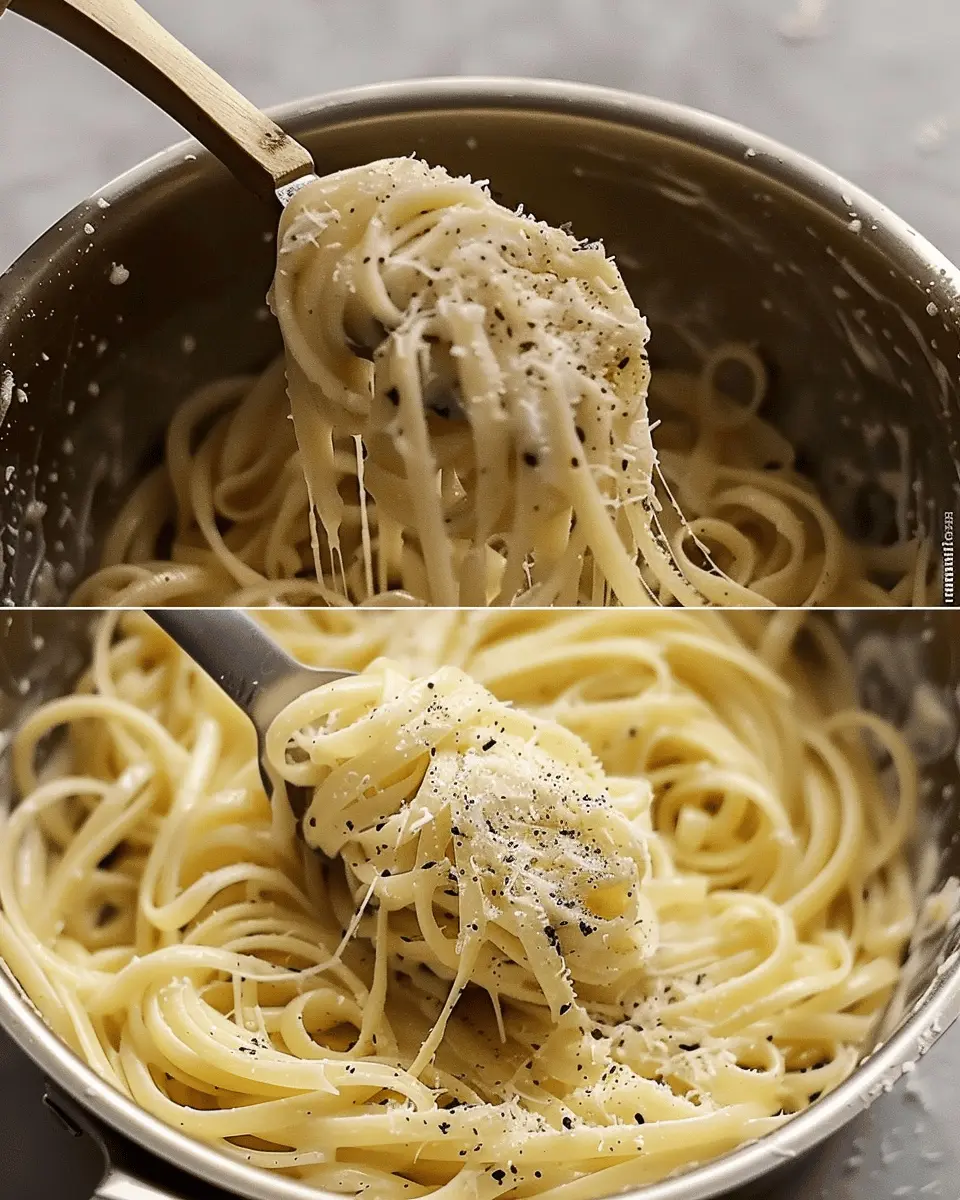
Ingredients for Cacio e Pepe
When it comes to crafting the perfect Cacio e Pepe, simplicity is the name of the game. With just a few high-quality ingredients, you can create a dish that exemplifies Italian culinary tradition. Here’s what you’ll need:
- Pasta: Traditionally, spaghetti is used, but you can also opt for tonnarelli or bucatini for a delightful twist.
- Pecorino Romano cheese: This is your star ingredient! Freshly grated Pecorino Romano adds the ideal sharp and salty flavor that makes this dish sing.
- Black pepper: Freshly cracked black pepper is essential, providing that iconic spice kick.
- Olive oil: A drizzle of high-quality olive oil helps to bring everything together and adds richness to the sauce.
- Water: The reserved pasta cooking water is crucial in creating a creamy texture for your sauce.
Now that you have your ingredients lined up, you’re ready to dive into the delicious world of Cacio e Pepe! If you’re keen on mastering the technique, check out some expert tips here. Happy cooking!
Preparing Cacio e Pepe
Cacio e Pepe is one of those deliciously simple Italian dishes that packs a punch with minimal ingredients. While it may sound fancy, anyone can master this classic pasta dish with just a few steps. Let’s dive into how you can prepare this mouthwatering feast in your own kitchen.
Heat the Olive Oil and Pepper
Begin by heating some extra virgin olive oil in a large skillet over medium heat. You only need about two tablespoons—enough to coat your pasta later. Once the oil is warm, sprinkle in freshly cracked black pepper. Let it sizzle for a minute; this will release essential oils and flavor, giving your cacio e pepe that signature kick. It’s tempting to skip this step in hopes of saving time, but trust me, patience truly pays off here. The aroma created will set the stage for your dish and make your kitchen smell heavenly.
Boil the Spaghetti
While your oil and pepper mixture is cooking, it’s the perfect time to bring a large pot of salted water to a boil. Generally, you should use about a tablespoon of salt for every four quarts of water. This salt not only seasons your spaghetti but enhances its flavor overall. Once the water is bubbling, gently add your spaghetti—about 400 grams should do for two servings—and cook according to package instructions, usually around 8-10 minutes. You want it to be aldente, so keep a close eye and taste-test just before draining.
Combine Pasta with Oil and Pepper
Once your spaghetti is cooked to the perfect texture, reserve about a cup of the pasta water (this is key for your sauce). Drain the rest and immediately transfer the hot spaghetti to the skillet with the oil and pepper. Toss the pasta in the skillet over low heat, ensuring that every noodle is evenly coated. The warmth from the pasta will begin to absorb the flavor from the oil and pepper, making each bite a joyful experience.
Add Cheese and Adjust Sauce Consistency
Now comes the best part—adding the cheese. Traditionally, pecorino romano is the go-to choice for cacio e pepe, but if you can’t find it, feel free to mix it up with other hard cheeses like parmesan. Use about 150 grams, finely grated. Sprinkle the cheese over the pasta while tossing continuously—this will help the cheese melt evenly and creates that coveted creamy texture. If your sauce seems too thick, gradually add the reserved pasta water, a little at a time, until you achieve your desired consistency. This ensures a silky, luxurious sauce that clings beautifully to your spaghetti.
Serve Immediately with Extra Cheese and Pepper
Finally, serve your cacio e pepe piping hot! Presenting it right away helps maintain that ideal texture. Garnish with extra grated cheese and a light sprinkle of cracked black pepper for those who enjoy a bit more kick.
If you’re looking to elevate the experience even further, pair your dish with a refreshing non-alcoholic spritzer made from sparkling water and fresh citrus juice.
Pro tip: This dish is best enjoyed fresh, but if you happen to have leftovers (which is unlikely), simply reheat gently over low heat, adding a splash of water to loosen the sauce.
As a young professional, cooking this classic can be a great way to impress friends or simply treat yourself after a long day. It’s quick, it’s satisfying, and let’s be honest, who doesn’t love the comforting embrace of cheese and pasta? Enjoy every bite, and celebrate your culinary triumph with a plate of harmonious flavors!
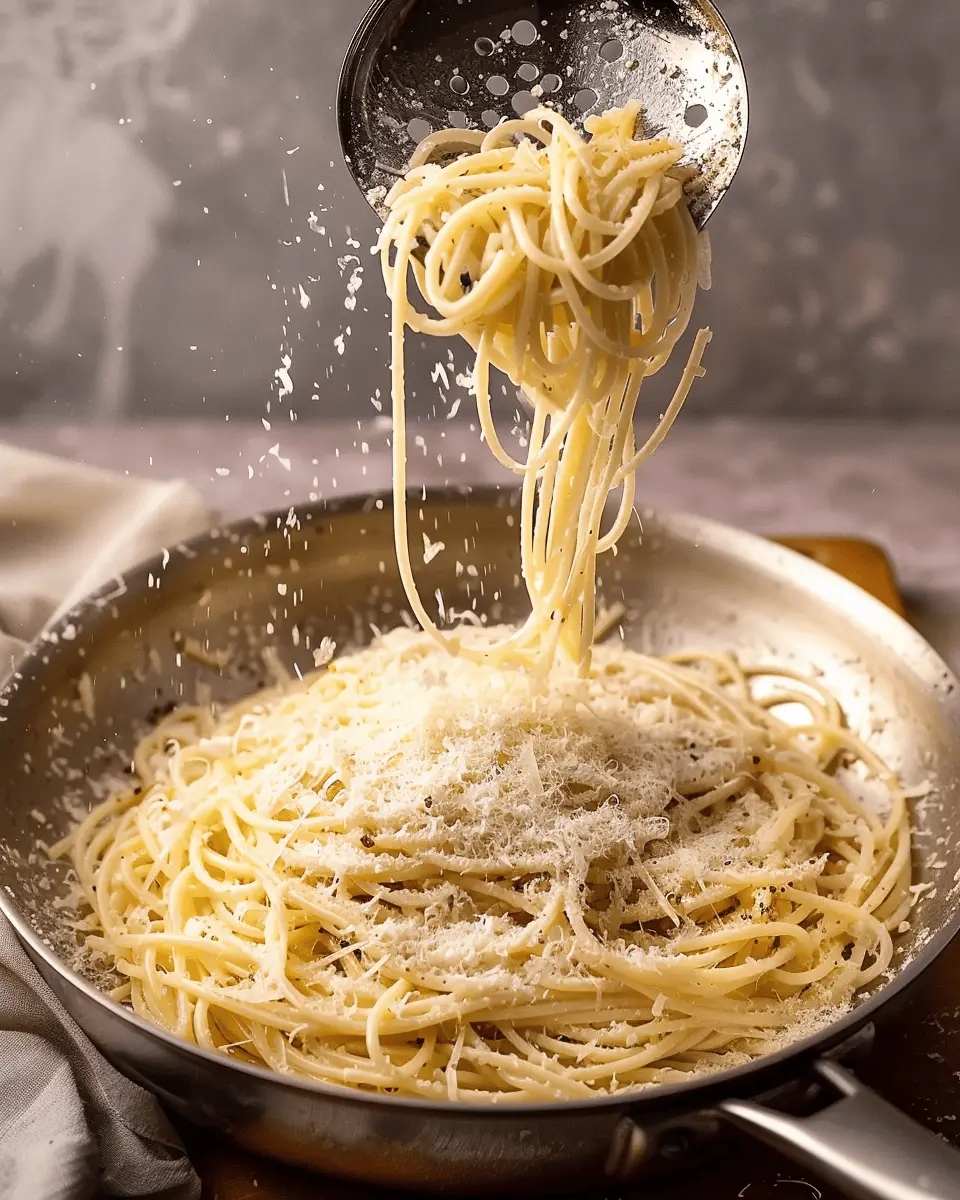
Variations on Cacio e Pepe
Cacio e Pepe is a beautiful canvas that can easily incorporate your favorite flavors. If you’re looking to shake things up, consider these delicious variations that keep the essence of this classic dish while adding your unique twist.
Cacio e Pepe with Added Vegetables
One fantastic way to elevate your cacio e pepe is by incorporating seasonal vegetables. Think sautéed spinach, roasted cherry tomatoes, or even peas for a pop of color and nutrition. The earthiness of mushrooms also complements the creamy cheese and pepper beautifully.
Here’s how to do it:
- Sauté your chosen veggies in olive oil before mixing them with the pasta.
- Add them into the pan once your pasta is al dente, allowing their flavors to meld with the cheese and pepper.
- Not only will you enhance the dish’s flavor, but you’ll also make it healthier!
For more ideas on pairing your cacio e pepe with veggies, check out the Food Network’s recommended side dishes.
Cacio e Pepe with Proteins
Want to add a protein punch? Mixing in chicken ham or turkey bacon is an excellent choice. These provide a savory contrast to the creamy cheese and spice.
- Cook strips of turkey bacon or chicken ham in a separate pan until crispy.
- Once your pasta is ready, toss in the protein at the last minute, ensuring it combines with the pasta and sauce.
Both options not only enrich the dish with flavor but also make it more filling and satisfying—perfect for a cozy dinner!
Experimenting with these variations can turn your traditional cacio e pepe into a complex, delightful meal. So go ahead, get creative!
Cooking Notes for Cacio e Pepe
When preparing cacio e pepe, remember that simplicity is key. This dish thrives on the quality and balance of its ingredients. Here are a few essential cooking notes to help you create the perfect plate.
Choose Your Pasta Wisely
Opt for a high-quality spaghetti or tonnarelli. Fresh pasta can elevate your dish but dry pasta works just as well. Did you know that the thickness of your pasta can affect the sauce’s coating ability? Thicker pasta will hold onto the cheese and pepper better!
Perfecting the Cheese
Traditionally, cacio e pepe uses Pecorino Romano. Aged and finely grated cheese melts beautifully into the sauce. If you’re in a pinch, a mix with Parmigiano Reggiano can add depth.
The Art of Water
When boiling pasta, make sure to salt the water generously—think of it as seasoning your pasta from the inside out! Reserve a cup of pasta water before draining; it’s magic for achieving that creamy sauce.
Tossing Technique
Tossing is an art. Combine pasta, cheese, and pepper in a large bowl to ensure even coating. Gradually add pasta water and stir until creamy. Do you prefer a more robust flavor? Don’t hesitate to add a dash more pepper.
With these tips, you’ll be on your way to creating a delectable cacio e pepe that brings a taste of Italy to your table! For more guidance on pasta cooking techniques, check out resources like The Munchies.
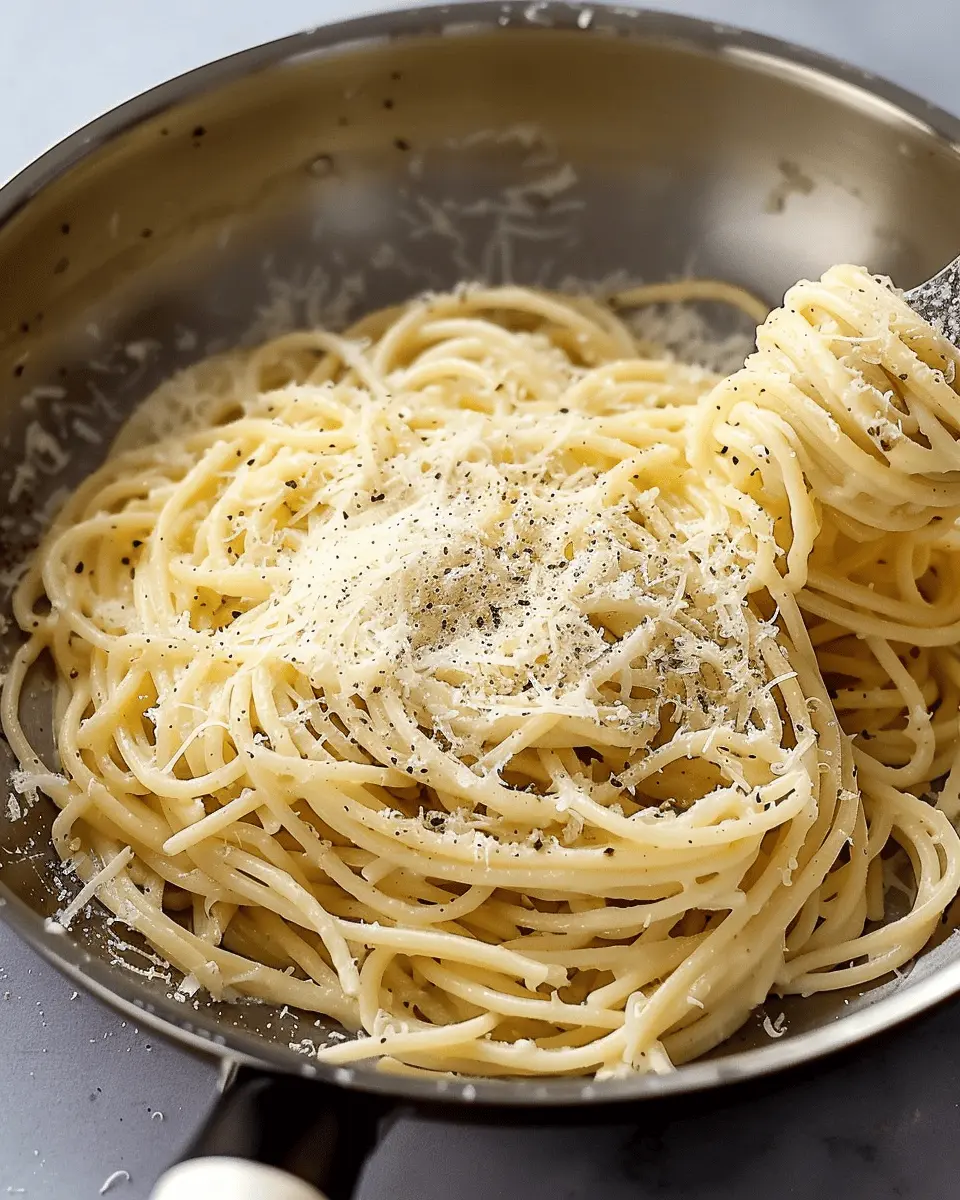
Serving Suggestions for Cacio e Pepe
Cacio e pepe, with its simple yet addictive combination of pecorino Romano cheese and freshly cracked black pepper, can be the star of your dinner table. Here are some ideal serving suggestions to elevate this dish to new heights.
Pair It with Proteins
To make your meal heartier, consider adding some protein. Turkey bacon or chicken ham crumbles make a delightful topping that complements the creamy texture of the pasta. You can also sauté some beef strips and toss them in just before serving for a robust flavor.
Add Vegetables for Crunch
Fresh veggies can enhance not only the flavor but also the nutritional profile of your meal. Think about serving alongside roasted asparagus or steamed broccoli, both of which add color and a nice crunch. This contrast can elevate your cacio e pepe from a simple dish to a well-rounded meal.
Side Dishes
For a complete dining experience, round out your meal with a simple side salad dressed in lemon vinaigrette or a light garlic bread. Not only do these add variety, but they also provide a refreshing balance to the richness of the pasta.
Trying these serving suggestions, you’ll find that your cacio e pepe can go from a staple to a gourmet delight! For more creative pairing ideas, check out resources like EatingWell or Bon Appétit.
Tips for Making Perfect Cacio e Pepe
Creating the perfect cacio e pepe is about simplicity and technique. Here are some handy tips to elevate your dish.
Choose Quality Ingredients
For the best cacio e pepe, invest in high-quality ingredients:
- Pasta: Opt for traditional Italian pasta, such as bucatini or spaghetti.
- Cheese: Use freshly grated Pecorino Romano for an authentic flavor.
- Pepper: Freshly ground black pepper elevates the dish significantly.
Master the Pasta Water Technique
Don’t underestimate the power of pasta water. This starchy liquid can help achieve the ideal creamy sauce consistency. Reserve a cup of pasta cooking water before draining! This creates the perfect emulsion when mixed with the cheese.
Timing is Key
Timing is crucial for an impeccable cacio e pepe. Make sure your pasta and sauce are combined while the pasta is still hot. The heat will help melt the cheese seamlessly into a creamy coating.
Stir with Passion
When mixing your pasta with the cheese and pepper, do it with enthusiasm. A vigorous stir ensures an even coating, preventing clumps. Have you ever found a clump of cheese in your dish? Frustrating, right?
By following these tips, your cacio e pepe will not only be authentic but deliciously unforgettable. For more insights on classic Italian dishes, you can check out authoritative sources like BBC Good Food and Serious Eats. Happy cooking!
Time Breakdown for Cacio e Pepe
Preparation Time
Getting ready for your Cacio e Pepe should be quick and stress-free. You’ll need about 10 minutes to gather your ingredients, like freshly grated Pecorino Romano, cracked black pepper, and spaghetti or your pasta of choice. Make sure your pasta water is salted to elevate the dish’s flavor.
Cooking Time
Cooking the pasta and creating that creamy, cheesy sauce is a breeze! Expect to spend around 15 minutes cooking. This includes boiling your pasta to the perfect al dente texture and blending it with the cheese and pepper for that signature richness.
Total Time
In total, you’ll need about 25 minutes to get your delicious Cacio e Pepe on the table. This simple yet elegantly tasty dish is perfect for busy weeknights when you crave something comforting but don’t want to spend hours in the kitchen. For more expert tips on pasta cooking, check out the Pasta Association!
Nutritional Facts for Cacio e Pepe
When diving into the delicious world of Cacio e Pepe, it’s good to consider the nutritional profile of this simple yet flavorful dish.
Calories
A typical serving contains approximately 600 calories. While this might seem high, it’s important to note that most calories come from the cheese and pasta, both of which offer much-needed energy.
Protein
You can expect to find around 20 grams of protein per serving of Cacio e Pepe. The blend of Pecorino Romano and spaghetti contributes valuable protein, making it a fulfilling meal choice, especially for those with active lifestyles.
Sodium
However, keep an eye on sodium levels—each serving can pack around 1,500 mg of sodium. This is largely due to the salty cheese. Consider balancing your meal with low-sodium options throughout the day to maintain a healthy intake.
For more on the nutritional benefits of pasta dishes, check out resources from Harvard Health and ChooseMyPlate.gov. With such simple ingredients, you can create a delightful dish that nourishes both body and soul.
FAQs about Cacio e Pepe
Can I use different types of cheese?
Absolutely! While traditional Cacio e Pepe relies on Pecorino Romano for its distinct flavor, you can experiment with other cheeses. Grana Padano offers a milder taste, and a mixture of these cheeses can also work beautifully. Just keep in mind that the final flavor will vary depending on your choice. Remember to stay genuine to your taste preferences for the best experience!
What’s the best pasta to use for Cacio e Pepe?
The classic choice for Cacio e Pepe is spaghetti, but you can opt for other pasta types like tonnarelli or bucatini. The key is to select a pasta that has a bit of texture to help the cheese and pepper cling to it. If you’d like, feel free to try whole grain or gluten-free pasta as well—just keep an eye on cooking times!
How can I make it creamier without cream?
To achieve that creamy texture without resorting to heavy cream, consider these tricks:
-
Starch from Pasta: Make sure to reserve a cup of pasta water before draining. This starchy water will help emulsify the sauce, giving it a rich and creamy consistency.
-
Timing is Everything: Toss your cheese with the hot pasta off the heat, allowing the residual heat to melt it smoothly.
-
Butter Magic: If you want a touch of richness, try adding a little unsalted butter as you mix. It enhances the creaminess and flavor without overpowering your dish.
By using these simple techniques, you’ll elevate your Cacio e Pepe without sacrificing its classic essence. Ready to give it a try? You’ll love how easy and satisfying this dish can be! For more tips, check out culinary experts like Serious Eats.
Conclusion on Cacio e Pepe
In summary, the simplicity of cacio e pepe captures the essence of Italian cuisine—deliciousness that doesn’t require a complex setup. This traditional dish is not only easy to prepare but also highlights the importance of quality ingredients. With just pasta, cheese, pepper, and a splash of water, you can create a comforting meal that feels gourmet.
Next time you’re looking for a quick yet satisfying dish, remember that cacio e pepe can be elevated with alternatives like turkey bacon or chicken ham for an exciting twist. Dive into this flavorful journey and impress your friends at dinner parties or weeknight gatherings! Explore more about the history behind this delightful dish here.
PrintCacio e Pepe: The Best Easy Recipe You’ll Love at Home
A simple and delicious recipe for Cacio e Pepe, an Italian classic pasta dish that combines just a few ingredients to create a creamy and flavorful meal.
- Prep Time: 10 minutes
- Cook Time: 15 minutes
- Total Time: 25 minutes
- Yield: 4 servings 1x
- Category: Pasta
- Method: Boiling
- Cuisine: Italian
Ingredients
- 400 grams spaghetti
- 100 grams Pecorino Romano cheese, grated
- 2 tablespoons black pepper, freshly cracked
- salt to taste
- 1 cup pasta water
Instructions
- Bring a large pot of salted water to a boil. Cook the spaghetti according to package directions until al dente.
- Reserve 1 cup of pasta water, then drain the pasta.
- In a large bowl, combine the hot pasta with the grated Pecorino Romano cheese and black pepper. Mix well, adding reserved pasta water a little at a time until creamy.
- Taste and adjust seasoning with salt if needed. Serve immediately.
Notes
- For a creamier sauce, ensure the cheese is finely grated.
- Using high-quality ingredients will enhance the flavor of the dish.
Nutrition
- Serving Size: 1 serving
- Calories: 600
- Sugar: 1g
- Sodium: 200mg
- Fat: 20g
- Saturated Fat: 10g
- Unsaturated Fat: 5g
- Trans Fat: 0g
- Carbohydrates: 80g
- Fiber: 3g
- Protein: 20g
- Cholesterol: 50mg
Keywords: Cacio e Pepe, Italian pasta, easy recipes

